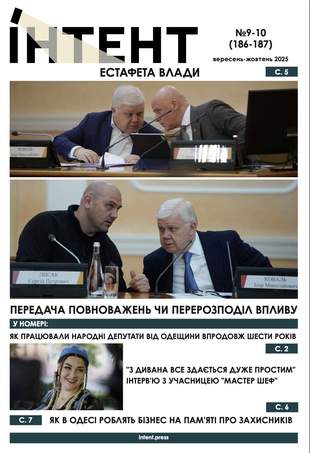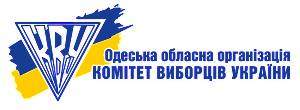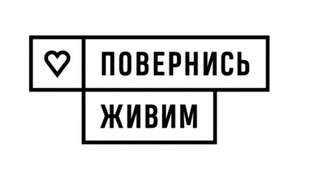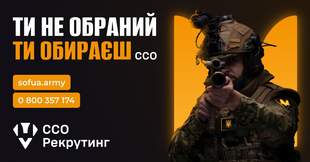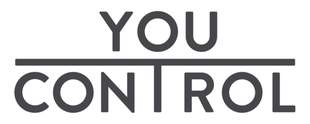Меню
Social networks
Sections
March 5, 2025, 8:11 a.m.
Hungary's 1956 Revolution: Struggle Against Soviet Control and Its Aftermath
Цей матеріал також доступний українською336
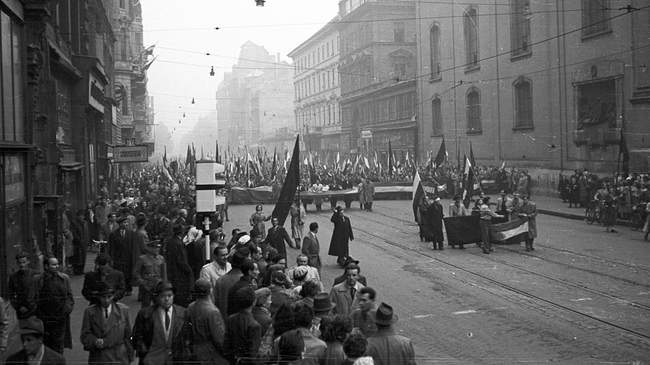
Budapest, October 25, 1956. Photo: Wikipedia
In fairy tales and myths, you can find many stories in which a hero fighting for a good cause defeats a much stronger enemy. Fairy tales and myths are created to teach young people the right values. In real life, however, the stronger man often wins. Despite this obvious law of life, a person brought up on the right books will still defend their values. Hungary once tried to fight for freedom and put up a desperate fight against the Soviet system.
How Hungary became part of the socialist camp
The Soviet government is looking for a way out
Operation Vortex and the fate of Hungary
How Hungary became part of the socialist camp
In World War I, the Austro-Hungarian Empire fought on the side of Germany. The defeat in the war led to the collapse of both empires and significant losses of territory under peace treaties. The newly formed Hungary also suffered serious territorial losses.
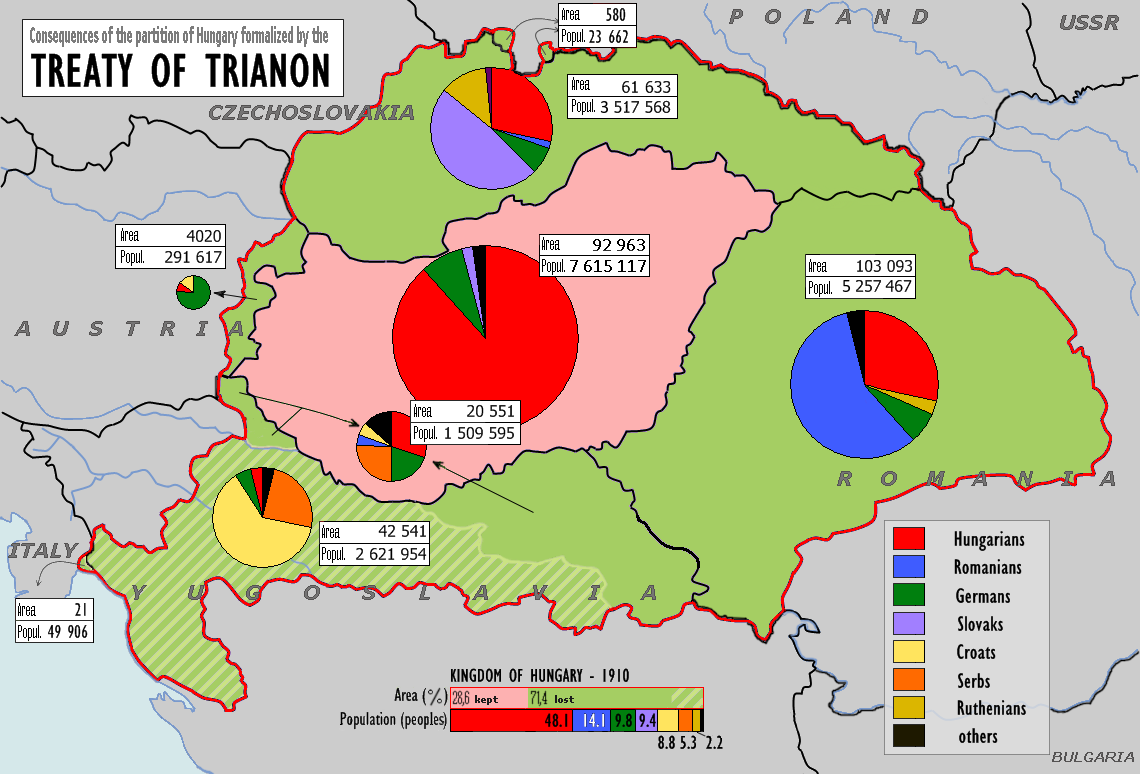
The partition of Hungary after World War I. Map: Wikipedia
In general, the peace agreements concluded after World War I are considered incredibly cruel to the losing countries. In the defeated countries, a thirst for revenge inevitably began to emerge, which was skillfully exploited by political populists. Thus, in World War II , Germany, led by Hitler, fought alongside Hungary, led by Miklós Gorty.
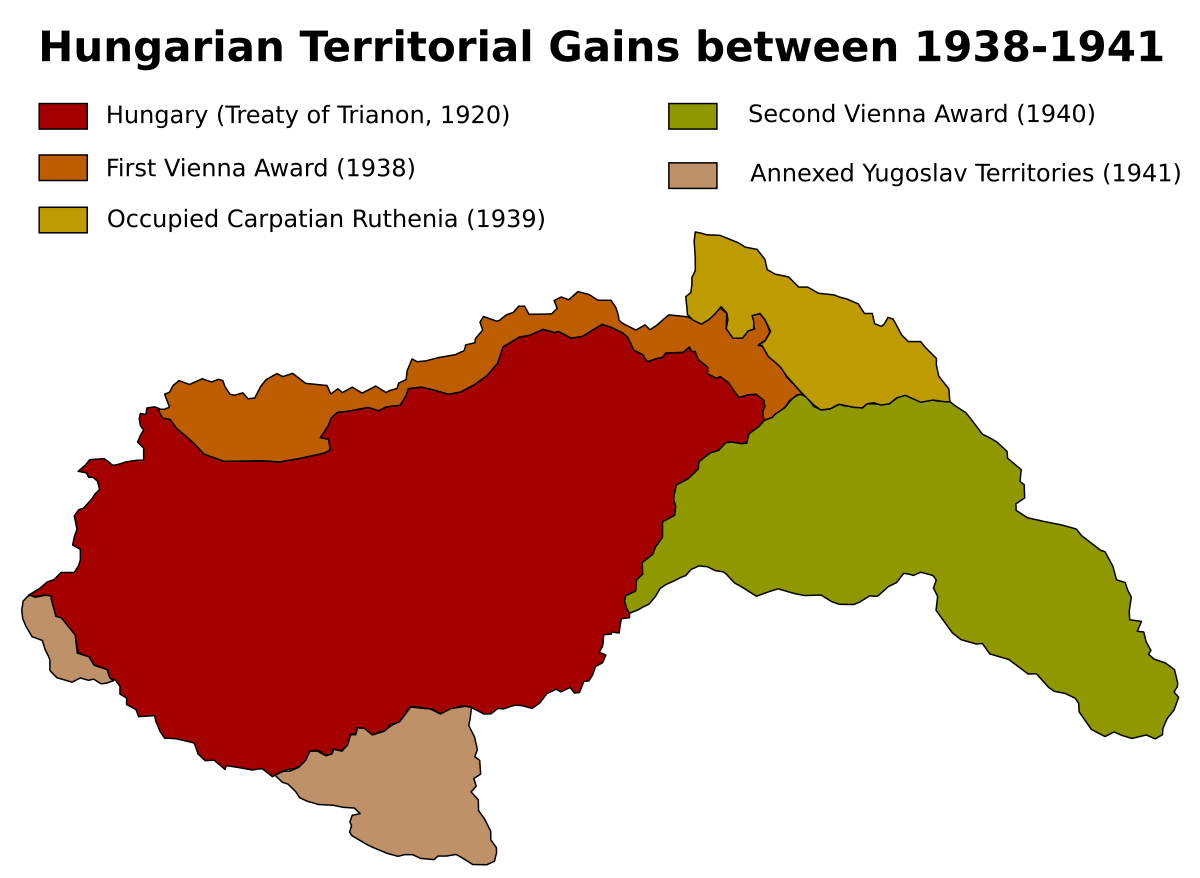
Territories gained by Hungary in 1938-41. Map: Wikipedia
In 1944, Gorty tried to lay down his arms, but Germany took control of Hungary. It was only in April 1945 that Hungary was fully occupied by the Soviet army. Soviet troops remained on the territory of the state, which was forced to pay heavy reparations. A new stage of Hungarian humiliation began.
Under the Moscow yoke
It took the Soviet Union several years to take full political control of Hungary. In the 1945 general election, the Communists won 17% of the vote, and the winning party 57%. Two years later, they were already in first place with 22%, and in 1949 they won confidently because there were no competitors in the "elections." Hungary was led by communist Matyas Rakosi, who tried to imitate Stalin's methods in his activities. So the local secret services got to work. It is believed that 10% of the population was involved.
In 1953, Joseph Stalin died. Nikita Khrushchev, who took his place, was going to play with liberalization. Then Moscow decided that Matyas Rakosi, with his Stalinist methods, was not very convenient for further transformations. So Rakosi was replaced in Hungary by another communist, Imre Nagy. The latter, with Moscow's permission, granted an amnesty, stopped the construction of large industrial facilities typical of the Stalinist era, lowered food prices, and reduced pressure on agriculture. The money saved on large-scale construction was used to develop the light and food industries.
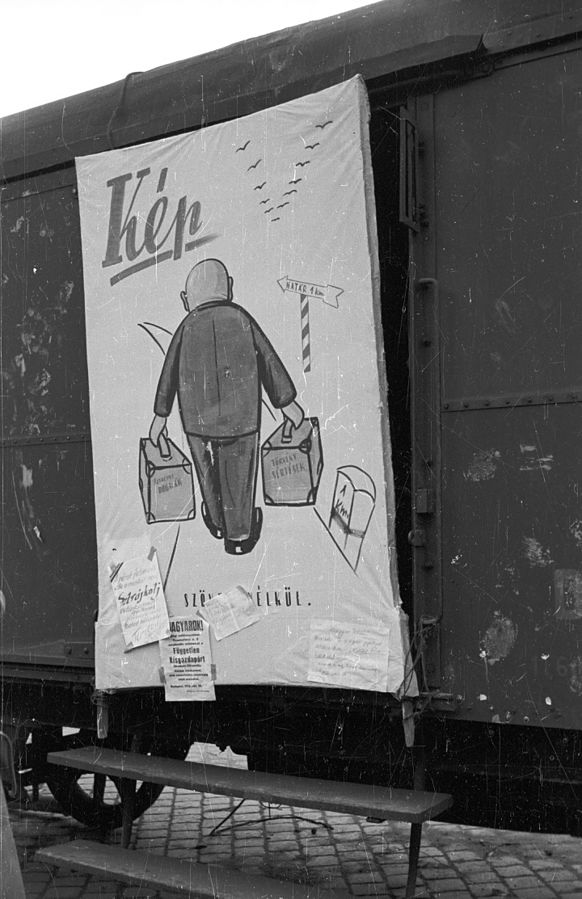
Inscriptions on the suitcases read "Stalinist dogmas" and "violation of the law". Photo: Wikipedia
In the eyes of Hungarians, Imre Nagy embodied the image of a wise liberal leader. Moreover, after the overthrow of the communist regime in Hungary, he was declared a national hero. However, Nagy's personality requires a closer look. In World War I, he fought on the side of Austria-Hungary, but after being captured, he quickly turned into a Marxist. He became a member of the Communist Party and lived in the USSR for many years. In 1933, Nagy was recruited by the NKVD under the pseudonym "Volodya" and wrote denunciations of Hungarian communists during the Stalinist repressions.
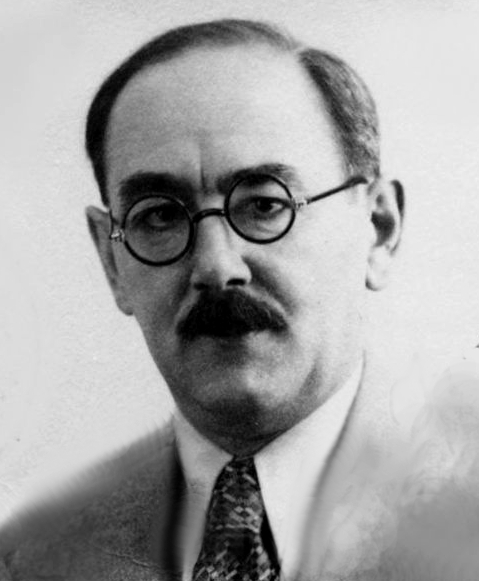
Imre Nagy. Photo: Wikipedia
Matthias Rakosi could not accept the loss of power and began to fight under the table. In 1955, his efforts led to Nagy's removal from office and even his expulsion from the Hungarian Workers' Party. An important reason for Nagy's removal was the loss of positions in the Soviet government by several high-ranking officials who were favorable to the Hungarian politician.
In May 1955, two important events took place. The USSR signed a treaty under which it was finally supposed to withdraw its troops from Austria. The Hungarians might have hoped for a withdrawal from their country as well, but the conclusion of the Warsaw Pact left Soviet troops in Hungary indefinitely.
On the eve of the uprising
In February 1956, the XX Congress of the CPSU was held, where Nikita Khrushchev debunked the cult of Stalin's personality and allegedly gave the official signal for the liberalization of the socialist camp. The Hungarians heard Khrushchev's signal, and in March the Petofi Circle was launched, where young intellectuals began discussing the prospects for the country's renewal. In June, the Poznan Uprising took place, which resonated throughout the socialist camp. On October 16, students of the University of Szeged left the Democratic Youth Union, which was the Hungarian equivalent of the Komsomol, and revived the Union of Students of Hungarian Universities and Academies, which had been dispersed after the war. Within a few days, branches of the Union appeared in several other Hungarian cities.
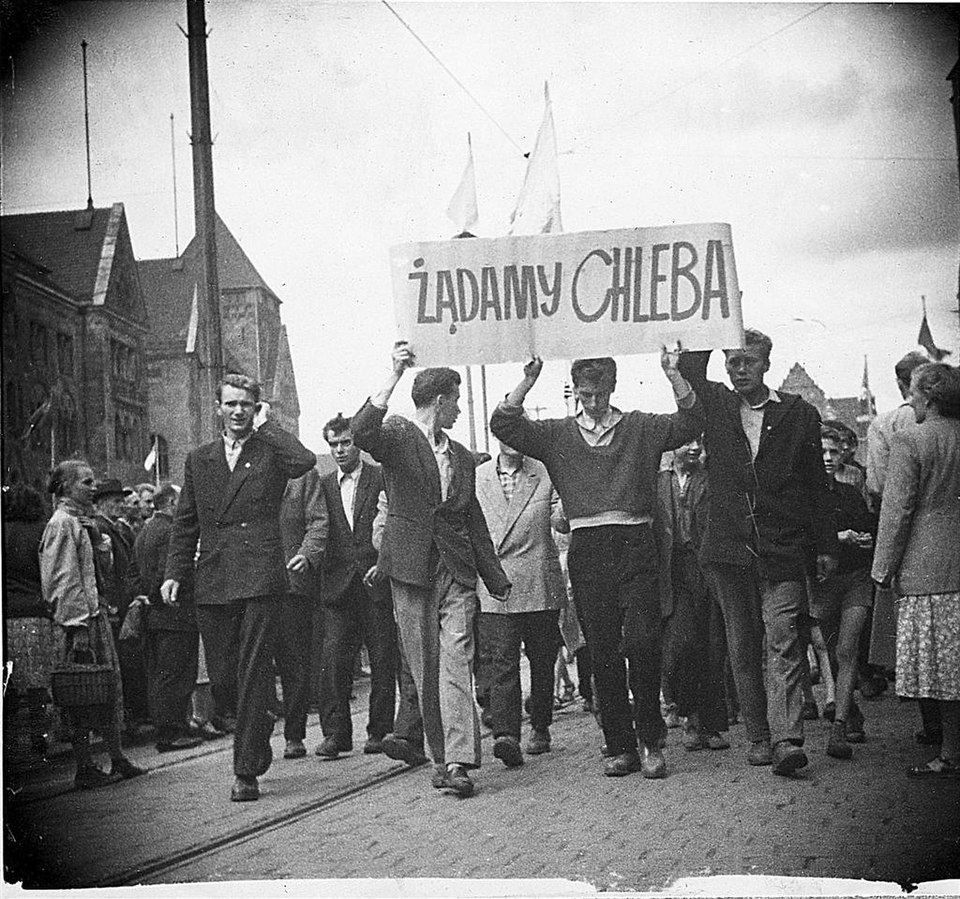
A demonstration in Poznan. Photo: Photo.
At this point, the inevitability of the explosion was almost obvious. In particular, the units of the 11th Airborne Division stationed in Europe were put on high alert. However, they remained statisticians against the background of the Hungarian events. Soviet and some contemporary Russian sources indicate that all the events of the Hungarian revolution were provoked and orchestrated by the Americans, but the influence of the Western Hemisphere was rather indirect.
In the summer, the U.S. National Security Council refused to intervene militarily or even supply weapons to the participants of the future revolution. And later, US President Dwight Eisenhower twice opposed projects to help the rebels. Why were the Americans indecisive? The fact is that Hungary was considered an integral part of the socialist camp, and direct American intervention could lead to an escalation of any scale. In addition, the parties had not yet moved on from the events of the Korean War. And when the Suez crisis broke out in late October, the Western world simply forgot about Hungary.
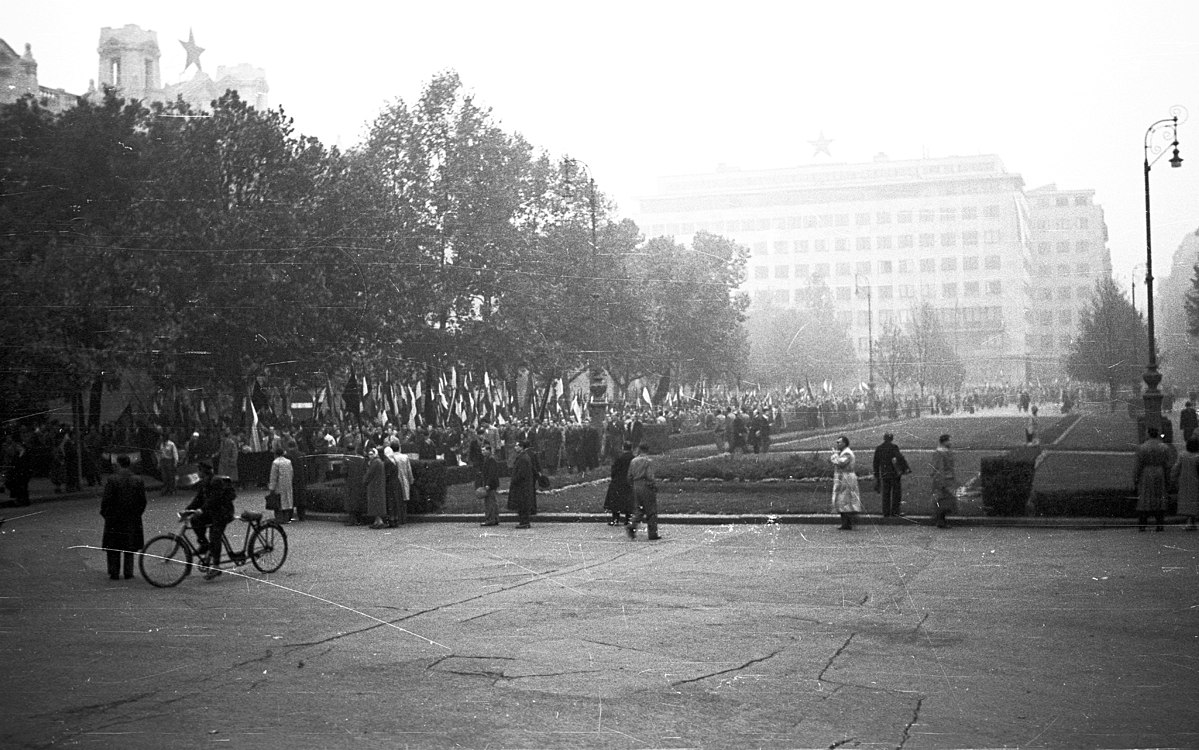
A rally outside the US Embassy in Budapest. Photo: Wikipedia
The revolution begins
On October 23, a demonstration began in Budapest, attended by about 200,000 people. The demonstrators' demands included the withdrawal of Soviet troops and the return of Imre Nagy to power. In the evening, the first secretary of the Central Committee of the Hungarian Workers' Party, Erne Gere, addressed the demonstrators on the radio and strongly condemned the actions of the demonstrators.
This address angered the people who demolished the monument to Stalin. Some of the demonstrators decided to seize a radio station to convey their demands. The rebels managed to arm themselves in warehouses and police stations. Since the radio station was guarded by Hungarian state security units, a battle broke out in the evening and lasted all night. The first dead and wounded appeared.
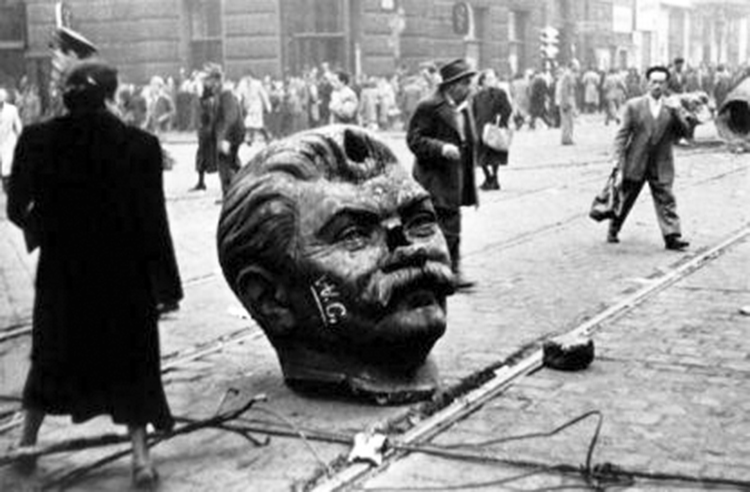
The head from the monument to Stalin. Photo: Photo.
Recognizing the danger of the situation, the Hungarian Workers' Party elected Imre Nagy as prime minister at night. At the same time, the USSR decided to bring the Soviet armed forces stationed in Hungary to Budapest. So, at night, about six thousand Soviet troops, equipped with tanks, armored personnel carriers, and cannons, entered the city. Within two days, new units joined this contingent. Nagy tried to calm the situation. On October 24, he appealed to the rebels to lay down their arms, promising amnesty to all. However, throughout the day, armed clashes broke out between the rebels on the one hand and Soviet troops and Hungarian special services on the other.
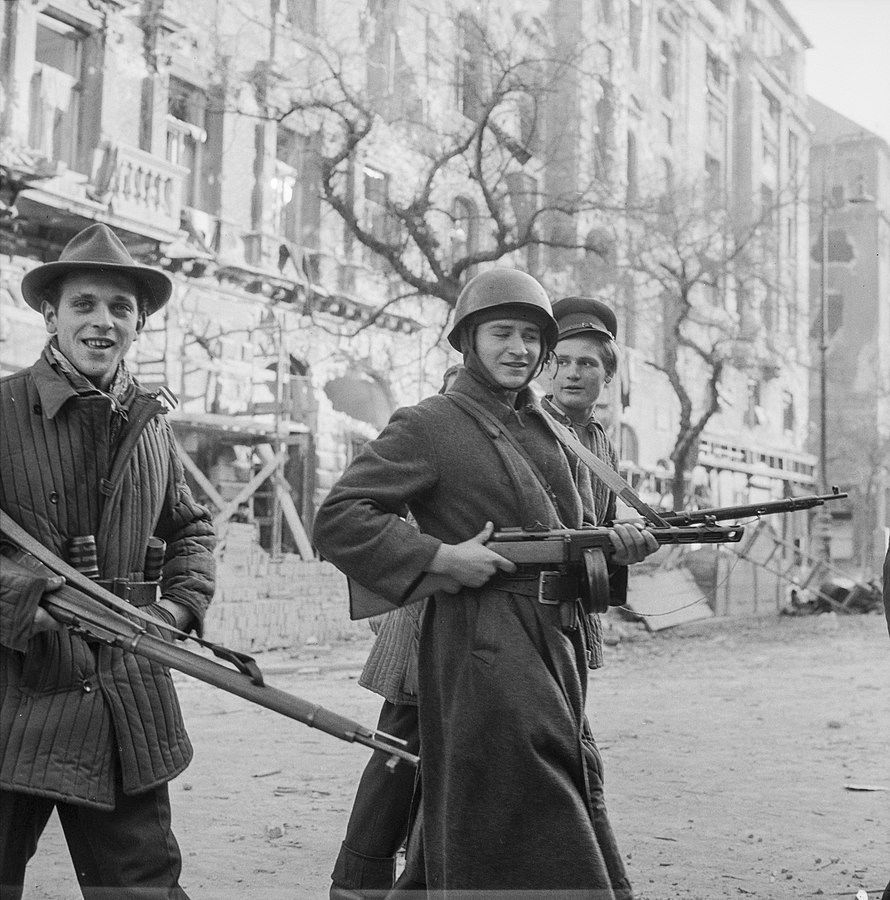
Hungarian rebels on the streets of Budapest. Photo: Wikipedia
On October 25, demonstrators gathered near the Hungarian parliament building. Soviet troops on tanks were also stationed on the square. The demonstrators, including children, women, and the elderly, showed a positive attitude toward the military, some of whom climbed on the armor. Suddenly, shots were fired. The Soviet military perceived this as aggression on the part of the demonstrators and returned fire. The number of people killed on the square varies according to different sources from 30 to 1000. The latter figure seems to be significantly exaggerated. Even now there are different versions of who started shooting. There is an opinion that some forces did not want a peaceful resolution of the conflict.
The events near the parliament angered Hungarians. According to one of the common versions, the massacre on the square was provoked by Hungarian state security officers, and they were hunted down across the country with torture and Lynch trials.
Street battles broke out in Budapest between Soviet troops and insurgents. The latter used the tactic of short guerrilla attacks followed by a rapid retreat. Interestingly, some Hungarian soldiers also sided with the rebels. Soviet tanks looked helpless in short street clashes. The Soviet tactic of capturing cities was to destroy them with air raids, but in this case this option was obviously unacceptable. The occupation forces suffered losses and were obviously losing the conflict.
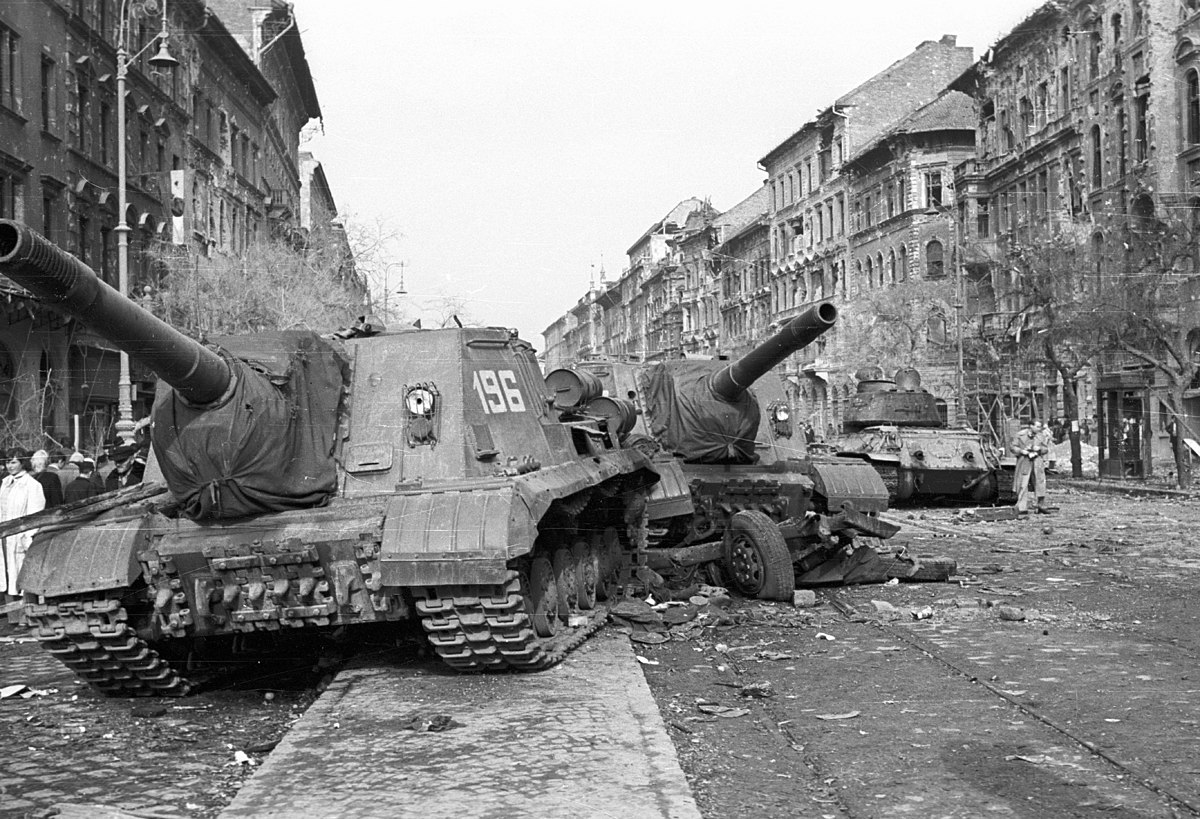
Damaged Soviet equipment. Photo: Photo.
The Soviet government is looking for a way out
At this time, the Soviet government was hesitating between two options. One option, offered to the USSR by Imre Nagy and his entourage, was to make concessions to the revolution and thus neutralize it. The second option was to suppress the revolution as harshly as possible, with a possible replacement of the government.
In the end, politicians opted for the first option. After consulting with Moscow, Nagy spoke on the radio. The Hungarian government declared a ceasefire, announced the dissolution of the Hungarian People's Army and the creation of new armed forces, the termination of the Hungarian Workers' Party, and the beginning of negotiations with the USSR on the withdrawal of occupation troops.
It was announced that negotiations were beginning between the USSR and Hungary, but the Soviet authorities were rather deciding Hungary's fate and formulating a further strategy for managing the socialist camp.
On October 29, Imre Nagy, continuing the liberal line, abolished the state security service. On the same day, the Suez crisis began. Israel attacked Egypt, and the next day France and Great Britain entered the conflict, which was an extremely unpleasant surprise.
This was an extremely unpleasant surprise for the United States. Khrushchev hesitated: on the one hand, he hoped for a split in NATO, but on the other, he was afraid of losing Hungary and destroying the Warsaw Pact.
On October 30, the USSR government issued a Declaration on the Fundamentals of Relations with Socialist Countries, which expressed the possibility of considering, together with the countries of the socialist camp, the issue of Soviet troops on their territory. A delegation from China arrived in Moscow and proposed not to withdraw troops from Hungary.
The leader of the Italian Communists, Palmyro Togliatti, insisted on the same in a telegram. According to foreign communists, the Hungarian crisis could have spread to the entire socialist camp. In Hungary, Imre Nagy announced another reform: the elimination of the one-party system and the revival of the coalition form of government. He did not know that the scales were not in his favor.
The next day, Khrushchev proposed not to withdraw troops from Hungary and to restore order in the country. Initially, Khrushchev thought of leaving Nagy as deputy prime minister, but in the course of the discussion it was decided to strip him of his powers. Janos Kadar was appointed the new leader of the country.
Operation Vortex and the Future of Hungary
According to the plan of Operation Vortex, on the night of November 3 to 4, Soviet troops crossed the Hungarian border. The invading army consisted of 60,000 soldiers and 3,000 tanks, most of which were new T-54s. The Hungarians had no chance, but they fought desperately. According to Marshal Ivan Konev, the resistance should have been crushed in less than two days. However, the battle for Budapest lasted until November 8, with fighting on the periphery continuing until the 12th, after which the remaining soldiers went underground.
On the morning of November 4, Imre Nagy realized that he had been betrayed. In the morning, he reported the Soviet attack on the radio. Within hours, Nagy left the parliament and hid in the Yugoslav embassy. His fate was tragic. On November 22, Nagy was fraudulently lured out of the embassy and arrested. In 1958, he was hanged for treason. Nikita Khrushchev did not want Nagy to die, but Janos Kadar decided to get rid of the leader of the People's Revolution.
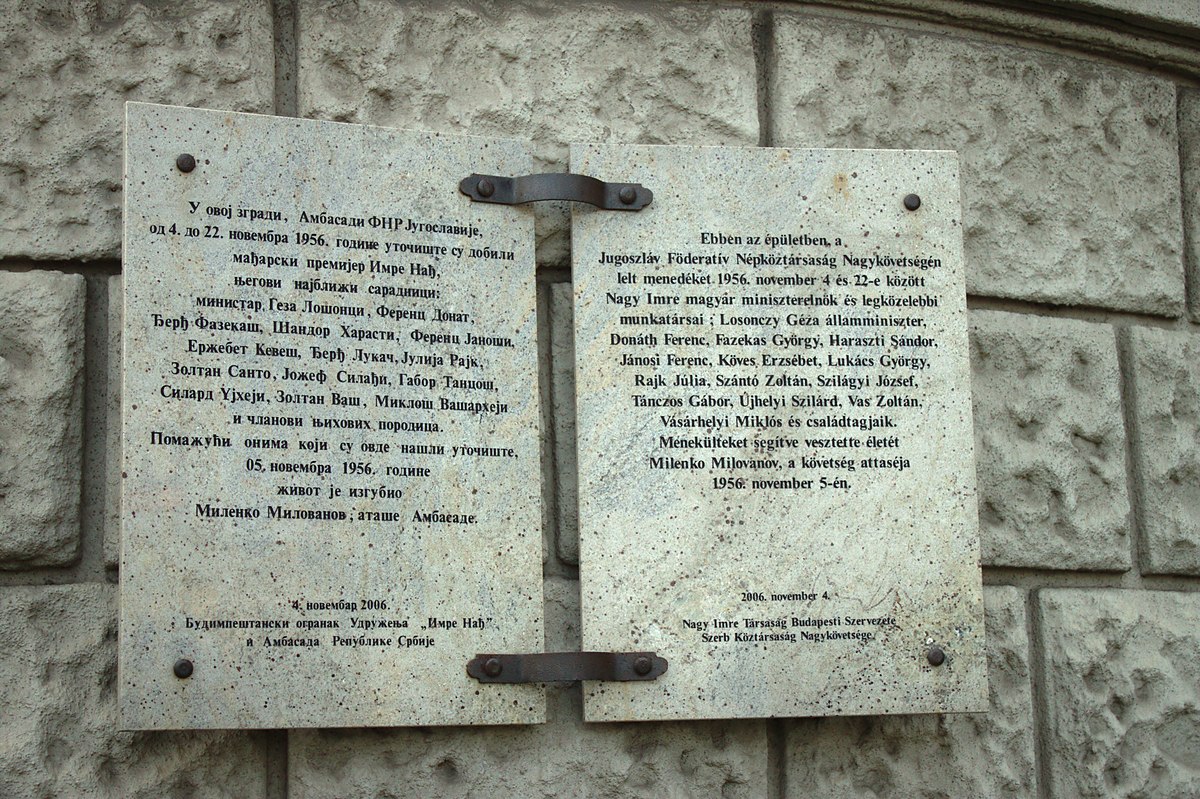
The memorial plaque on the Serbian embassy. Photo: Wikipedia
Immediately after the suppression of the revolution, the new Hungarian leadership, with the support of the USSR, launched mass repressions. Thousands of Hungarians were arrested by the security services, some of whom tried to flee abroad through Austria. The great Hungarian footballer Ferenc Puskás, who was destined to play for the Spanish national team, also emigrated.
Conclusions.
The events of the Hungarian Revolution showed that the USSR was ready to severely suppress any attempts at liberalization within the socialist camp and that hopes for freedom after the XX Congress of the CPSU were in vain. However, the Hungarian revolution was not the last - 12 years later, Czechoslovakia attempted to escape from the Soviet embrace.
Nikita Khrushchev had to learn the hard way that playing with liberalism could be dangerous. For Khrushchev, de-Stalinization was a convenient signboard to gain a foothold in power. At the same time, during the culmination of the Hungarian revolution, he was close to going down the path of softening relations with members of the socialist camp.
The revolutionary cycle sometimes brings to the surface people who do not have outstanding moral, intellectual, or leadership qualities. And these people, caught up in the revolutionary wave, are forced to become the banner of resistance. This was the situation of Imre Nagy, who wrote denunciations against Hungarian communists and consulted with Moscow in everything until the very end. After the disclosure of archival documents, Hungary decided not to debunk Nagy, leaving him with the aura of a fighter for the cause of the revolution.




